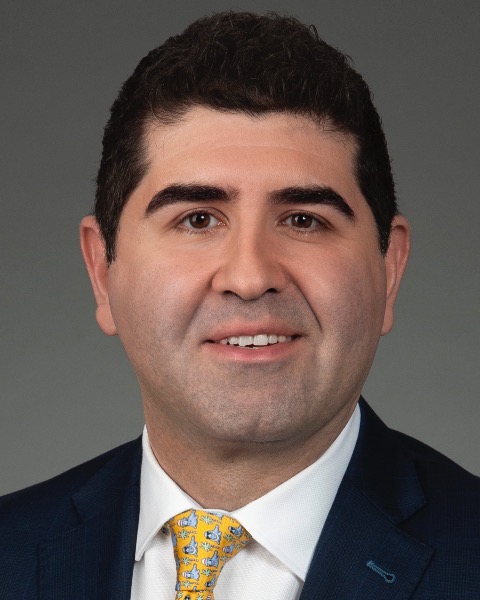SIR 2025
Interventional Oncology
Educational Exhibit
Ablation Confirmation Software for Hepatic Tumor Thermal Ablation: Detecting Suboptimal Ablation Margins and Minimizing the Risk for Local Tumor Progression
- BB
Benjamin Brown, MD, MPH
Resident Physician
University of North Carolina - Chapel Hill - Department of Interventional Radiology, United States 
Michael Mohnasky, MS (he/him/his)
Medical Student
UNC School of Medicine, United States
Sandra Gad
Medical Student
SGU, United States- AA
Ali Afrasiabi, MD
Postdoctoral Researcher
University of North Carolina - Chapel Hill - Department of Interventional Radiology, United States - DM
David Mauro, MD
Division Chief
UNC, United States 
Alex Villalobos, MD
Assistant Professor
University of North Carolina - Chapel Hill, United States
Nima Kokabi, MD
Associate Professor of Radiology
University of North Carolina - Chapel Hill, United States
Abstract Presenter(s)
Author/Co-author(s)
1.The importance of the minimal ablative margin in hepatic tumors.
2. Visual inspection of ablation margins by radiologists is inaccurate and inadequate.
3. Quantitative segmentation and co-registration software can improve accuracy in determining minimal ablative margin which can lead to improved oncologic outcomes.
Background:
Percutaneous thermal ablation (PTA) is a viable treatment option for hepatocellular carcinoma (HCC) and colorectal liver metastases (CRLM). A critical predictor of post-ablative local tumor progression (LTP) is the ablative margin (AM). The minimal effective ablative margin (MAM) in HCC and CRLM is cited as ≥ 5mm and ≥ 10mm, respectively, with a significantly increased risk of LTP below these thresholds {1-3}. Visual assessment of MAM has proven to be widely inaccurate {4-6}. Additionally, clinicians must balance achieving the appropriate MAM with sparing normal liver and avoiding damage to vital surrounding structures. Therefore, accurate assessment of the MAM is essential to improve oncologic outcomes and to minimize treatment-related adverse events.
Clinical Findings/Procedure Details:
Software-based segmentation and co-registration of the liver, target tumor and ablation zone allow more accurate assessment of the MAM, guiding potential retreatment to improve LTP rates and oncologic outcomes {5,7}. However, several factors limit the accuracy of ablation confirmation software, including liver mobility and deformation during the ablation, presence of ascites, changes in patient breathing and position, and subcapsular location of tumors {2,5,7}. These inaccuracies can in turn lead to longer procedure times. However, newer generations of confirmation software employ a combination of rigid and deformable fusion along with machine learning techniques to overcome these challenges {3,8}. Case examples of utilizing contemporary ablation confirmation software will be presented in this exhibit.
Conclusion and/or Teaching Points:
A critical predictor of LTP after PTA is the MAM, which is inadequately assessed by visual comparison of pre- and post-PTA imaging. Contemporary ablation confirmation software can accurately and efficiently assess MAM which can lead to better oncologic outcomes.


.jpg)